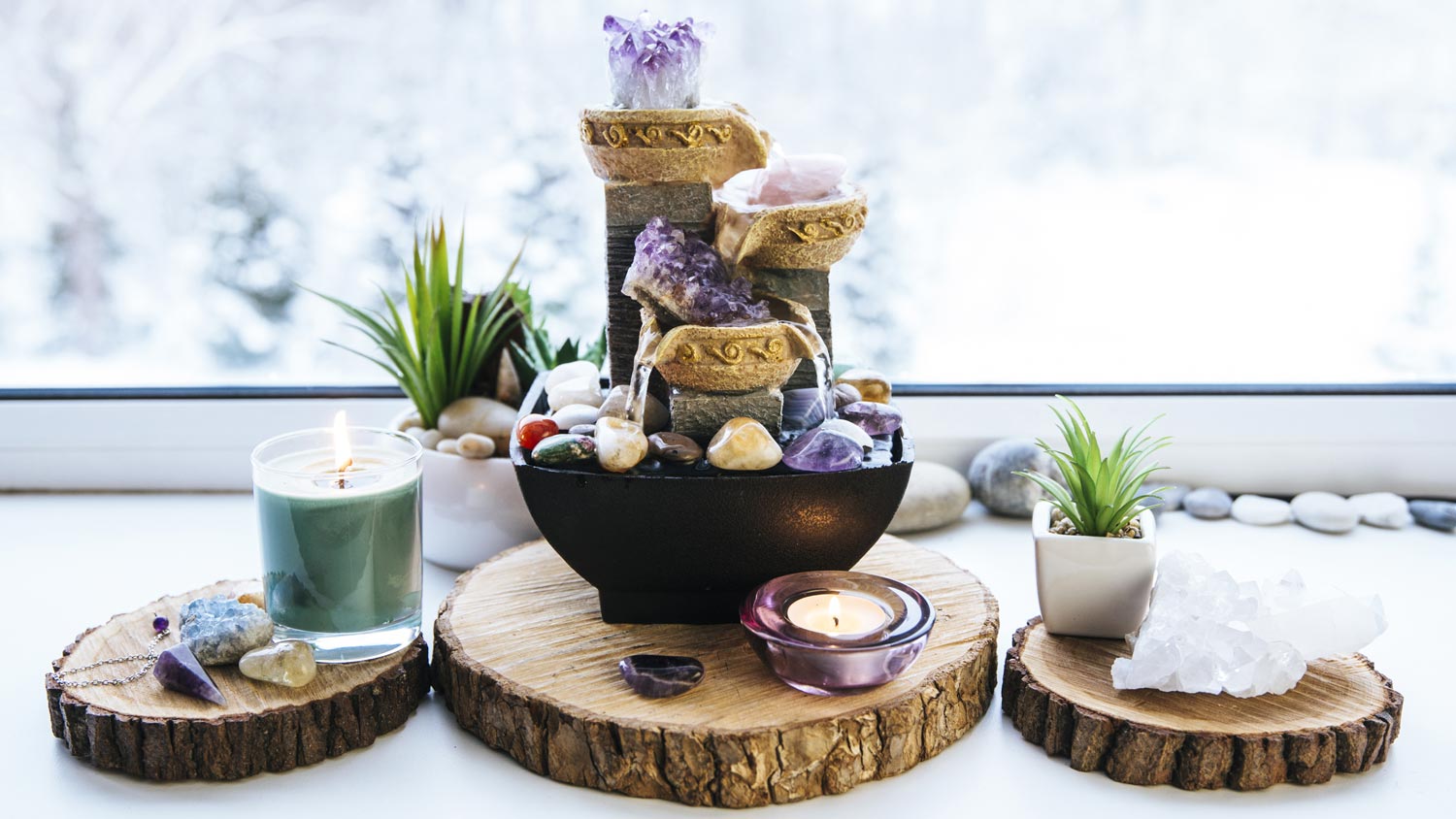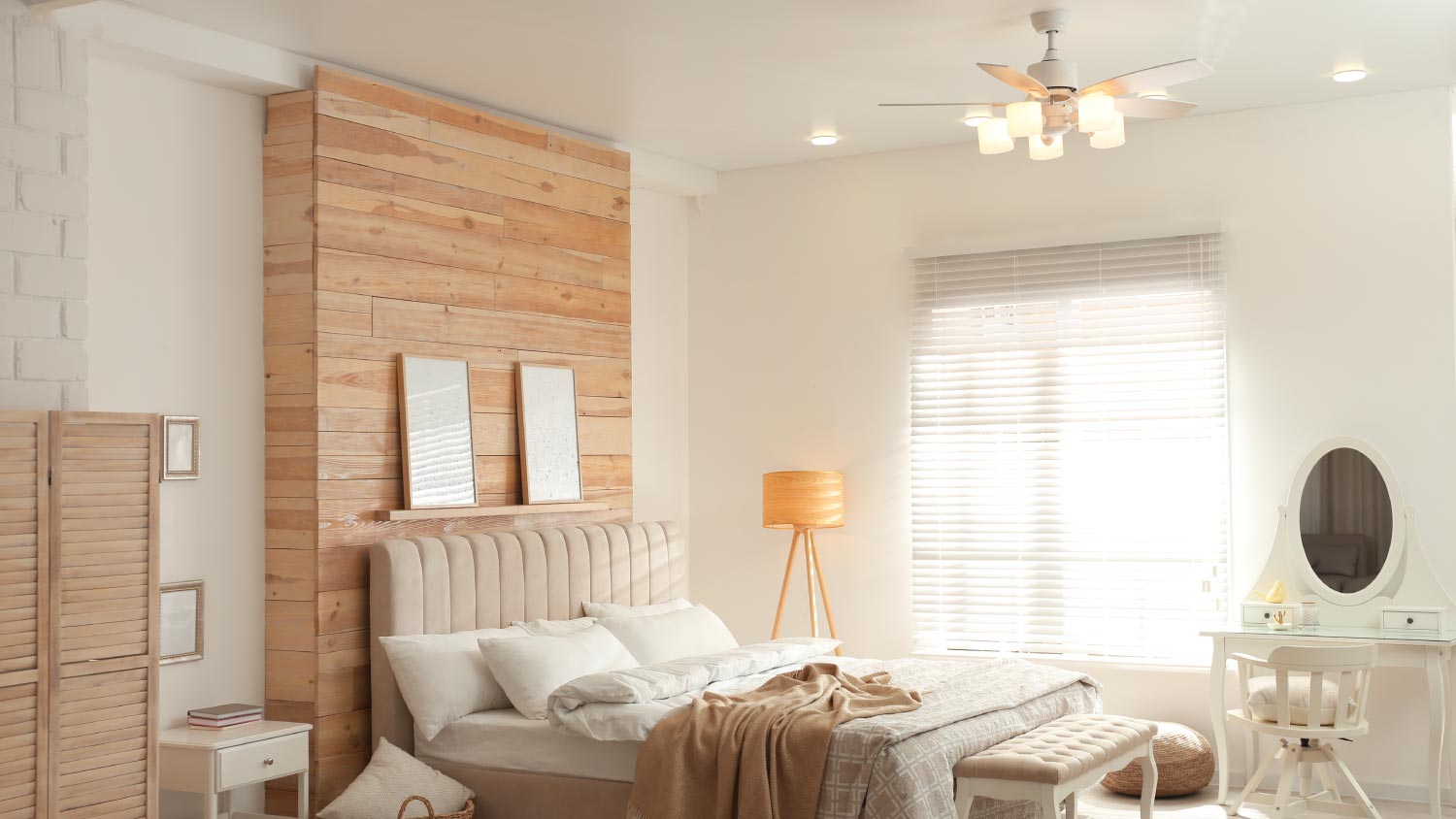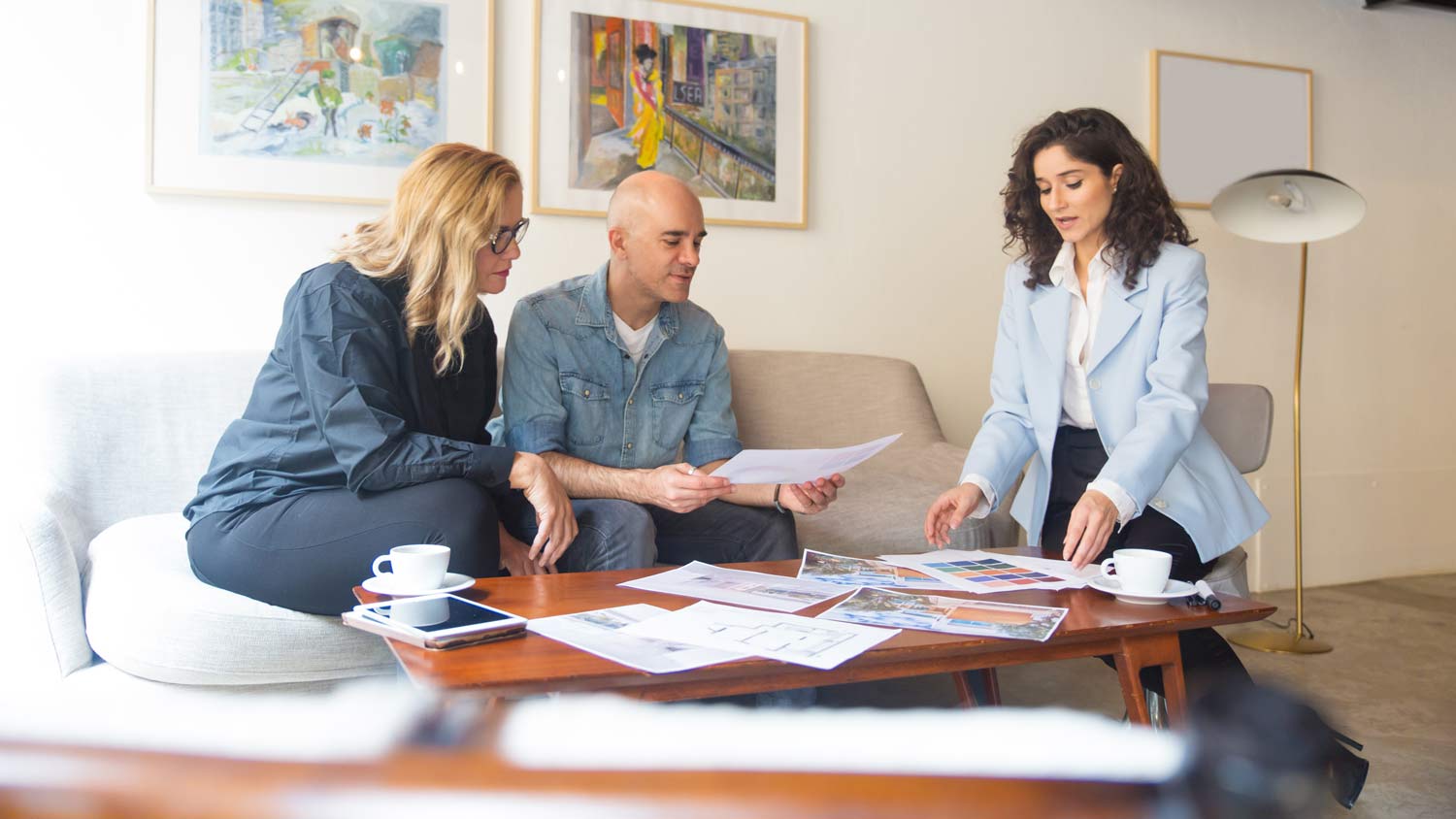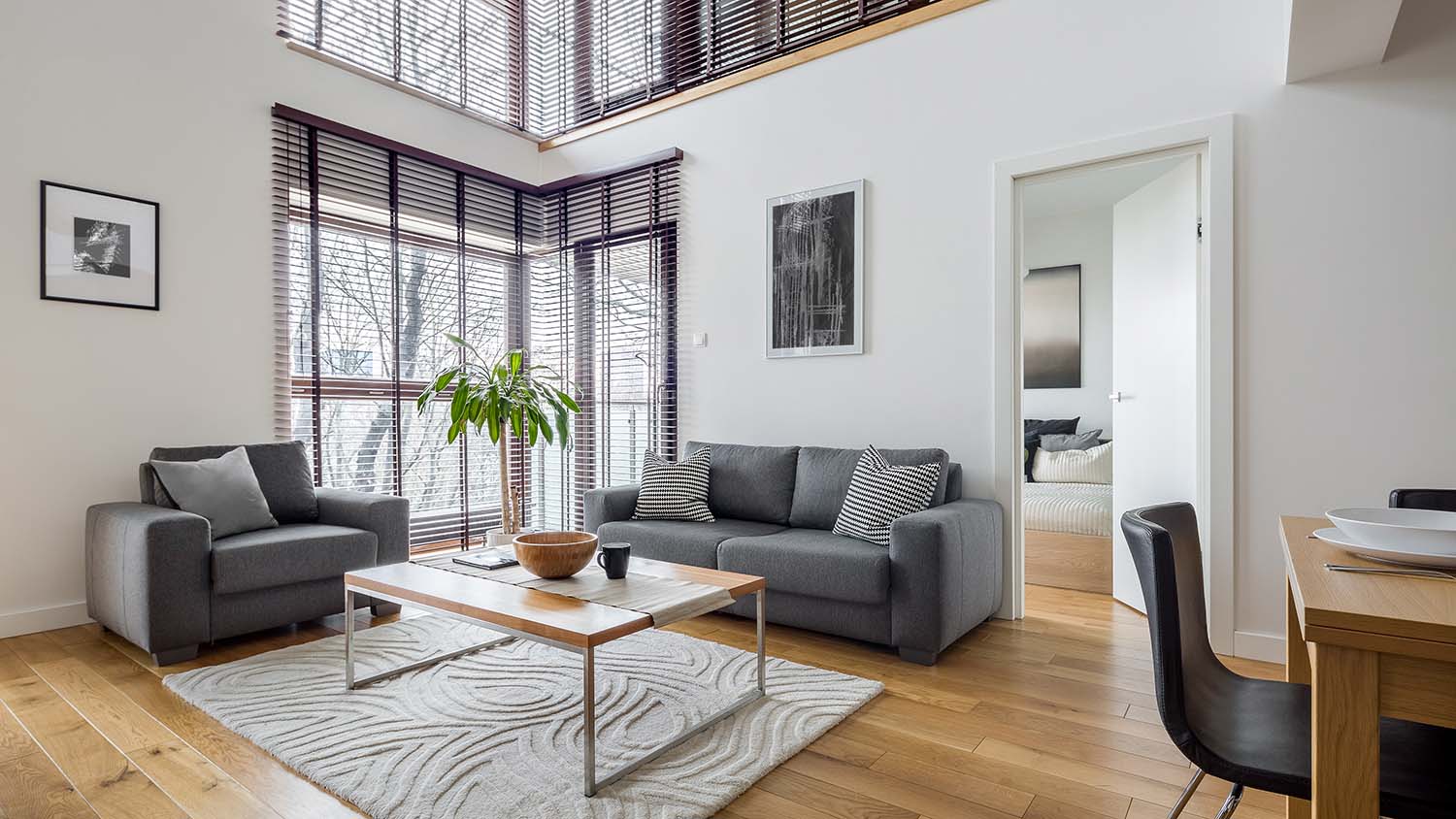
Discover the average feng shui consultant cost, what impacts pricing, and how to save on your consultation.
The best crown molding materials to upgrade your home include wood, PVC, and plaster


Looking to add architectural interest and elegance to your room? Crown molding, also called cornices, add character to your space by attractively separating walls and ceilings and decorating tops of door casings or cabinet tops. Learn how to give your home the royal treatment by choosing from the best types of crown molding materials for your home’s style.

Over 2,000 years ago, ancient Greeks chiseled heavy stones to create “crown moldings” for Roman temples. Today’s homeowners can install a one-piece crown on their own or hire a professional for a more complex project.
“Adding crown molding is the icing on the cake,” says interior designer Eileen Patterson. She notes that crown molding can beautifully frame a room, but you need to marry the crown molding materials to your home style. While you can use a slim style for a contemporary home, you may use a more detailed or decorative crown molding for a traditional home.
Compare the difference between materials like plaster, wood, and PVC to find the best trim for your space.

Wood is one of the most popular choices for crown molding. Available in a variety of colors and options, wood can be easily stained and painted. Choose from a variety of woods such as pine, walnut, oak, or ash. You can also create an elaborate hardwood crown molding with a carved or milled design.
The cost of common wood crown moldings like pine, maple, poplar, and aspen are $10 per linear foot, while hardwoods such as oak and mahogany cost between $10 to $15 per linear foot installed. Exotic woods like ipe and padauk run between $15 to $45 per linear foot installed. Hardwoods can be stained to bring out their natural grains, while softwoods are often cut and sanded before they are painted.
| Pros | Cons |
|---|---|
| Versatile | Costly |
| Durable | Susceptible to moisture |
| Natural insulation | Requires maintenance |
Best for: Variety

Plaster is the king of crown molding and the most expensive option. It is typically paired with plaster walls. A material perfect for crown molding on vaulted ceilings and grand interiors, plaster crown molding requires custom ordering and professional installation. Plaster crown molding casts beautiful shadows.
Premade plaster will run between $9 to $20 per linear foot. You will need to hire a plaster repair contractor with experience in plaster molding installation.
| Pros | Cons |
|---|---|
| Intricate designs | Costly |
| Durable | Heavy material |
| Fire resistant | Requires skilled labor |
Best for: High-End and High-Style Projects

Looking to add crown molding to your bathroom or an area with high humidity? PVC crown molding is a great solution for trimming spaces where moisture is an issue. A major benefit of PVC is that it won’t rot or warp if it gets wet.
A budget-friendly choice, PVC crown molding costs between $4 to $8 per linear foot installed.
| Pros | Cons |
|---|---|
| Affordable | Limited design options |
| Moisture resistant | Paint adhesion challenge |
| Durable | Lack of natural appearance |
Best for: High Humidity Hot Spots

Flex is a rubbery material that is flexible enough to wrap around bay windows and curved walls. Flex crown molding is a special-order material that can be pricey, yet is more cost-effective than a custom carpentry job required for intricate architecture.
The cost for flex molding varies as it is a special-order item and can range from $50 per linear foot to $500 and above based on the job.
| Pros | Cons |
|---|---|
| Versatile | Limited design options |
| Lightweight | Costly |
| Crack resistant | Paint adhesion challenge |
Best for: Curvy Walls and Windows

Looking for an easy and fast way to add crown molding to your room? Polystyrene foam is ideal for sprucing up your room in a jiffy. The light foam material is great for DIY projects, as the only tool required is scissors. This simple budget-friendly crown molding works well for homeowners who are looking for a quick solution more than a design elevation.
Polystyrene foam runs from $3.50 to $8 per linear foot installed.
| Pros | Cons |
|---|---|
| Affordable | Less durable |
| DIY friendly | Limited design options |
| Moisture resistant | Not environmentally friendly |
Best for: DIY No-Fuss Projects

Polyurethane is a versatile and cost-effective crown molding that is a good fit for most installations. Along with being insect- and rot-repellent, polyurethane can be easily painted and is available in intricate profiles that mimic plaster.
Polyurethane crown molding is $5 to $10 per linear foot installed.
| Pros | Cons |
|---|---|
| Affordable | Limited insulation |
| Durable | Lacks authentic appearance |
| Lightweight | Paint adhesion challenge |
Best for: Versatility

Medium-density fiberboard (MDF) is stable and low-cost crown molding compared to solid wood. MDF is great for rooms where the trim is painted. The ultralight crown molding is a cost-effective alternative to wood and comes in a plethora of profiles.
MDF is reliable and cost-effective at only $4 to $10 per linear foot installed.
| Pros | Cons |
|---|---|
| Affordable | Dense material |
| Consistent quality | Moisture sensitive |
| Versatile design | Less durable |
Best for: Spaces With Painted Trim
Now that you know how the myriad crown molding materials vary, these are the factors to consider to make the right choice.
Which material you end up choosing is going to be largely determined by what you have room for in your budget. That doesn’t mean you need to compromise on looks and performance. Those with less to spend will benefit from choosing lower-cost options that also deliver in those other categories, like MDF and polyurethane, for instance.
If your number one priority is how your crown molding looks, consider cutting costs in another department in order to be able to afford a material like wood or plaster. There’s just no beating these two options in terms of their aesthetic appeal.
There’s no point in doing a project like this if it’s just going to fall apart a few months to a few years later. If durability is your focus, wood ranks number one in this category because it lasts a long time to begin with and is also relatively easy to patch and repair—and it’s less costly than plaster which is equally if not more durable but a pain to install.
There’s no denying the appeal of being able to do a project like this on your own, but not all crown molding materials are best for this purpose. For instance, installing plaster crown molding requires some serious artistry and know-how, which is why it’s better to hire a crown molding pro near you if you choose to go that route. Wood crown molding is doable if you’re already an avid DIYer, but you might want to choose a material that’s easier to work with—like polystyrene foam—if you’re still a relative novice.
Crown molding can increase the value of your home, as it elevates its aesthetic appeal. It also masks blemishes and imperfections along the ceiling line. If you can install crown molding throughout your home, it will add a lovely cohesiveness that will increase your home’s appeal and value.
Unless you have experience installing crown molding or a desire to learn the craft, it is best to hire a professional. Every crown molding joint is composed of compound angles that require a bounty of patience, an understanding of spatial relationships, and the proper tools and materials.
If you are a novice, you will most likely make a few mistakes through trial and error. For labor alone, it’ll cost you anywhere from $3 to $8 per linear foot to hire a professional. Ultimately, it may cost you less to find a crown molding installer in your area.
From average costs to expert advice, get all the answers you need to get your job done.

Discover the average feng shui consultant cost, what impacts pricing, and how to save on your consultation.

Need a little extra room for clothes storage in your home? Learn about the average cost to build a closet, some cost factors to consider, and more.

How much does an interior designer cost? Discover average prices, cost factors, and tips to help you budget for your next home design project.

Discover the average cost of stretch ceiling installation, key price factors, and ways to save. Get transparent pricing to plan your stretch ceiling project.

Create a stunning and functional home or remodel with an interior designer. Follow these common interior design questions to prepare for working with a pro.

Discover the cost to furnish a house, including average prices, cost factors, and tips to help homeowners budget for every room.